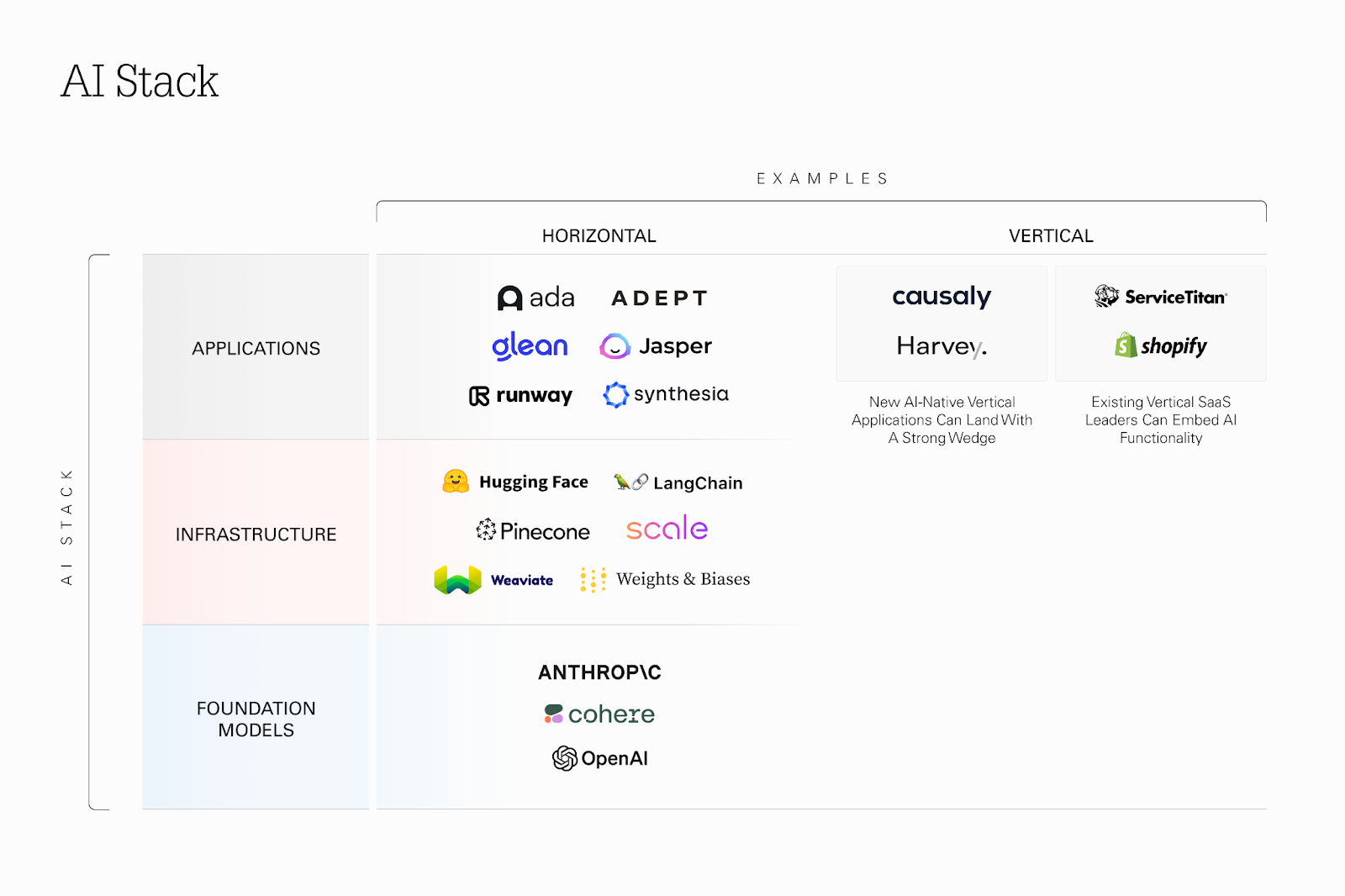ChatGPT, OpenAI’s AI-powered chatbot, has taken the world by storm.
Capable of writing emails, essays and more given a few short prompts, ChatGPT has become one of the fastest-growing apps in history. Beyond that, it’s begun to find a place in the enterprise, particularly with the launch of plugins that connect the chatbot to third-party apps, websites and services. Most recently, ChatGPT Plus subscribers now have access to a new feature called Browsing, which allows ChatGPT to search Bing for answers to prompts and questions.
But ChatGPT isn’t always the most cooperative assistant. Getting it to output something specific requires careful fine-tuning of the prompts.
A number of resources and guides for ChatGPT prompt writing have sprung up since the tool’s launch. But not all of them are especially easy to follow — or intuitive. To help folks both new to ChatGPT and looking to learn new tricks, we’ve compiled a list of the best ChatGPT prompts for different types of workflows — specifically writing, marketing, sales, students and tech enthusiasts.
The best ChatGPT prompts for sales
No one likes to write sales emails. No one. And while there’s plenty in the way of tools to tackle the task, many rely on templates with inflexible, repetitive language. Not so with ChatGPT.
When writing sales prompts for ChatGPT, though, the wording really matters. For example, consider the prompt:
Write a concise and informal cold email to a sales lead.
Compare it to:
Write a cold email to a sales lead.
You’ll notice that the results for the first, far more descriptive prompt are better — objectively better — than the results for the second. While not perfect, they’re a much better starting point for something, well, sendable.
You can take the ChatGPT prompt fine-tuning further. Let’s say you want copy for LinkedIn prospecting emails — LinkedIn being a great place to look for sales leads (as many marketers know). Try a prompt like:
John’s Linkedin summary: [insert text here] Write a cold email to Katie, who I just found on LinkedIn.
Katie Paterson over at the Zapier blog gave it a shot. The result was impressively personalized — and a lot better than most of the sales spam I’ve gotten over the years, truth be told.
ChatGPT needn’t be confined to the email realm. Vidyard writes about how the tool can be used to automate cold call scripts or sales pitch processes. Try something like:
Write a sales pitch for a marketing consultant offering solutions to small businesses struggling with low online visibility and poor search engine rankings.
Again, you’ll most likely have to tweak the results. But undeniably, it’s a time saver.
The best ChatGPT prompts for marketing
ChatGPT is an excellent marketing tool — or can be, if you use the right set of prompts. As with writing, it requires knowing in which specific ways to prompt the model so that it understands your intention.
As any online marketer knows, keywords are an important part of the puzzle. Fortunately, ChatGPT’s a competent keyword generator. Use the prompt:
Generate a list of keywords for [insert text here], including long-tail and high-performing keywords.
That’ll provide a decent starting prompt for whatever copy you’re trying to write.
Speaking of brainstorming copy, it’s no secret that ChatGPT can come in handy here, too — whether it’s for an ad or social media post. For example, take a look at this prompt from Tory Wenger over at Madgicx, which really illustrates the degree of specificity ChatGPT will accept:
Craft a compelling ad copy for our Facebook ad campaign, targeting users who have previously visited our website and creating a sense of urgency, as well as adding our offer for exclusive promotion to entice them to take action. The offer is [insert text here].
It’s as easy as that.
ChatGPT can also give marketing and brand advice, believe it or not, answering tough questions with surprising depth and nuance. Wordstream’s Gordon Donnelly asked ChatGPT how to respond to negative comments and publicity:
As a social media marketing manager, how do I respond to people that are writing negative things about my products on Twitter?
ChatGPT’s response? A diplomatically-worded email asking for feedback on a product, using wording like “Your feedback is essential to us” and “we want to make sure we’re exceeding your expectations.” Talk about measured!
The best ChatGPT prompts for writing
When it comes to writing, ChatGPT can be a useful companion indeed — serving as a brainstorming tool or streamlining the more monotonous bits of the writing process. But the chatbot isn’t always the most steerable or predictable unless you use very specific prompt wording.
For example, “priming” ChatGPT can set the tone and context. Try a prompt like:
“I’m a tech blogger and I need your help writing a blog post. The topic is CES. This post should be helpful for people who are interested in new and upcoming smartphones. Do not start writing yet. Do you understand?”
That’ll “ground” the tool, providing ChatGPT context for future questions.
Another nifty tip is using bullet points to guide ChatGPT as it writes. Try using a prompt like:
Write an introduction based on the bullet points below:
- This is an article about a new tech product — a wireless air fryer.
- The product costs $20.
- The product will be available for sales on June 16
Given a moment, ChatGPT will generate something coherent that incorporates details from each of the bullets.
ChatGPT can also be “taught” to mimic style, voice and tone — a useful feature in instances where you’re trying to have it complete parts of an article or essay. Trying entering this prompt:
Analyze the text below for style, voice and, tone. Create a prompt to write a new paragraph in the same style, voice and tone. [insert text here]
It might not always get it right. But when instructed to write this way, ChatGPT is much more likely to produce something usable — and insightful.
The best ChatGPT prompts for students
Not every academic institution is on board with the idea of using ChatGPT as a writing tool — or even writing aid. But others are — and have gone to great lengths to incorporate ChatGPT into their curriculums. This writer supports the latter camp, but would advise students against using ChatGPT where prohibited by an instructor. You’ve been warned.
The sky’s the limit, really, when it comes to education-focused ChatGPT prompts. It really depends on the task at hand and the nature of the work. You could try, for instance, a prompt like this:
Help me write a research paper on the causes of the American Revolution
Or a prompt like:
Can you help me explain the significance of the Magna Carta?
And ChatGPT will do its best to respond in a way that makes sense — if not perfect sense.
A word of warning when asking ChatGPT for facts and figures: It doesn’t always get it right. Sometimes, thanks to a phenomenon known as hallucination, the chatbot invents things — very confidently — out of whole cloth. That’s why it’s wise to fact-check answers from ChatGPT before pasting them into a piece.
Once again, ChatGPT can be asked to do more than simply write an essay or answer basic topical questions. Consider this prompt:
Help me create a study plan for my upcoming exams in history and political science.
You’ll need to be more specific than “history and political science,” lest the advice be overly broad. But ChatGPT — while it won’t do the studying for you — should provide a reasonable starting point.
The best ChatGPT prompts for tech enthusiasts
We’ve established that ChatGPT is a fine writer. But did you know that it’s a coder, too, and a mathematician?
Say you want to create a basic web form to collect contact information. ChatGPT will happily do that for you with a prompt like:
Act as a JavaScript Developer, Write a program that checks the information on a form. Name and email are required, but address and age are not.
The resulting code may contain some mistakes. ChatGPT certainly isn’t perfect. But it should be a reasonable starting point.
In a more sophisticated use case, ChatGPT can write database queries for applications — a task that normally takes a fair amount of time (and, sometimes, trial and error). Try this prompt for MySQL, one of the more popular relational database systems:
Write a MySQL Query
Tables: users and orders
Requirement: It should give user details who placed highest order today
Again, the results won’t be usable out of the box necessarily. But they’ll help you to get where you need to be.
Same goes for math questions. One of my favorite recent prompts from PromptHero, an AI prompt database, is this:
I want you to act as a math teacher. I will provide some mathematical equations or concepts, and it will be your job to explain them in easy-to-understand terms. This could include providing step-by-step instructions for solving a problem, demonstrating various techniques with visuals or suggesting online resources for further study. My first request is “I need help understanding how probability works.”
ChatGPT, you’ll find, can be a surprisingly thoughtful tutor.
ChatGPT prompts: How to optimize for sales, marketing, writing, and more by Kyle Wiggers originally published on TechCrunch
from https://ift.tt/DNsAV0M
via
Technews













 generative AI startups
generative AI startups












